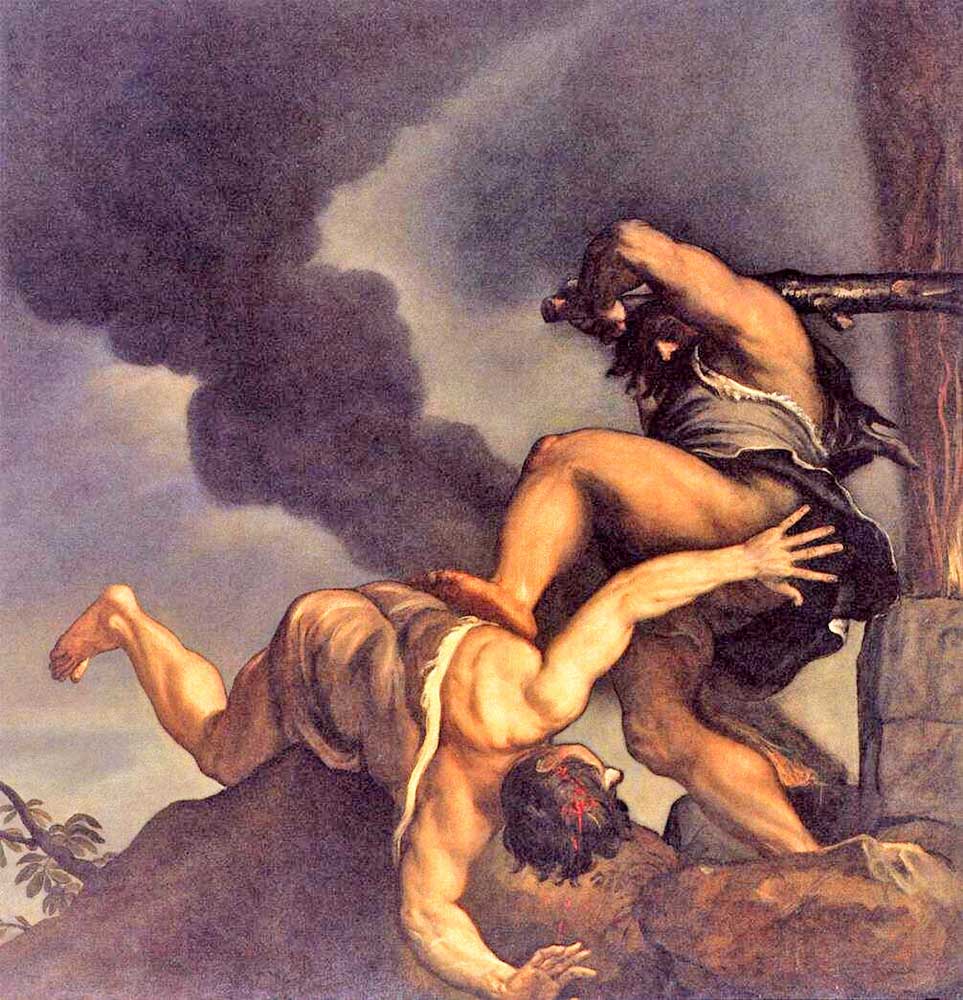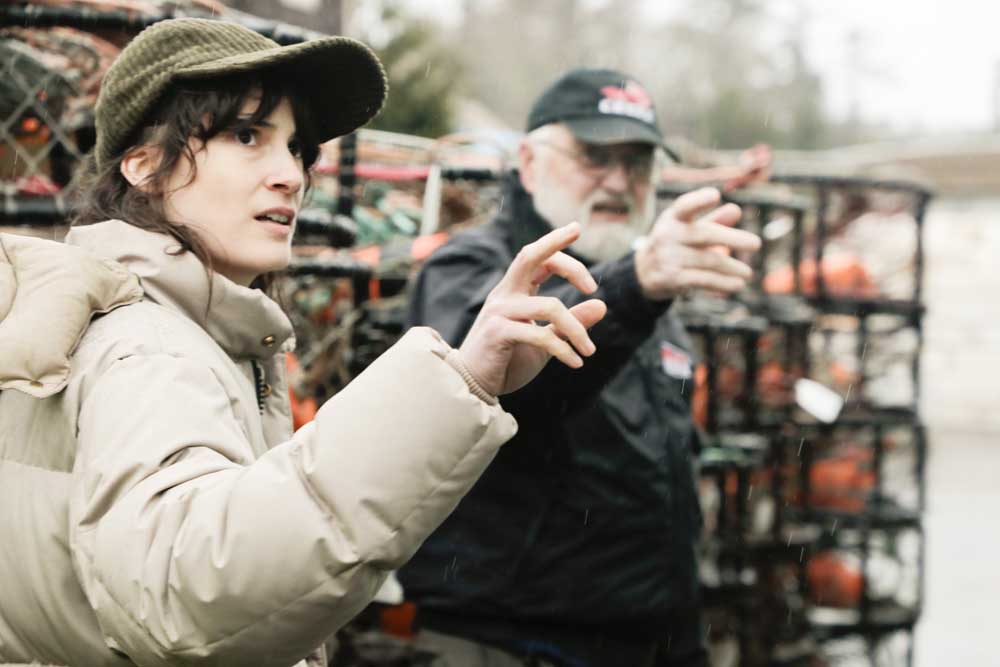Coast Chronicles: Am I my brother’s keeper?
Published 7:28 am Monday, January 30, 2023

- Venetian painter Titian’s famous rendering of the biblical story of Cain and Abel invites contemplation of the Bible verse, “am I my brother’s keeper?”
“He did not have friends or a steady job — he killed six and injured two in Seattle, Washington on March 25, 2006.”
Trending
What’s up with our men?
Last week after three mass shootings back-to-back in California in a 44-hour period, I woke on Tuesday to read, “Three shot and killed at Yakima Circle K. Shooter still at large. ” Any mass shooting is horrific — though more and more I fear we have become inured to the violence. But seeing Yakima in the headlines was a shock.
Yakima is my childhood hometown, home to my sis and many long-time friends, and that headline caught in my throat. I called immediately to find out if sister Starla was OK and what, if anything else, she knew about what was going on. (Starla told me that even our eldest family member, 93-year-old Aunt Betty, living in a teeny tiny town in Pennsylvania, had called her to check in after hearing the news on CNN.)
The shooting was totally random. The shooter first tried to get into the AM/PM just off Highway 82 but it was locked. So he went across the street, opened the door to the Circle K and just started shooting. He killed 65-year-old Roy Knoeb Jr., and 40-year-old Nikki Godfrey, friends who meet every morning there to have a cup of coffee. Then the shooter went outside and shot 54-year-old Jeffrey Howlett who was sitting in his car while getting gas. Next, after talking on the phone to his mom, he shot himself behind a Target. Yakima Police Chief Matt Murray has said he “is unable to make any sense of a random shooting that left three dead at a Circle K.” Who’s surprised?
‘Motive under investigation’
The news cycle for gun violence happens predictably in this sequence: mass shooting, thoughts and prayers from government officials, police say motive under investigation, names of victims released, forget and rewind. I always say to myself when we get to the “motive under investigation” stage — who cares? There’s never a relevant or excusable motive, so what difference does it make? It’s not as if that motive information, if found, changes any future behavior, catalyzes our government officials to make better decisions or to create effective legislation restricting guns.
Two New York Times journalists — Jillian Peterson, professor of criminology at Hamline University, and James Densley, professor of criminal justice at Metro State University — reviewed information for mass shootings that happened during the last 50 years (tinyurl.com/t3pnxw95). There is, in fact, no mystery about these killings; Peterson and Densley characterize them as “deaths of despair.” As they indicate, “This term has been used to explain increasing mortality rates among predominantly white men caused by suicide, drug overdose and alcohol abuse. We think the concept of ‘deaths of despair’ also helps explain the accelerating frequency of mass shootings in this country. Nearly all the killers we profile are men. They chose mass shootings as a way to seize power and attention, forcing others to witness their pain while attempting to end their lives in a way that only they controlled.”
In their profiling of mass shooters, they cited items like: “he threatened to kill his roommate;” “he tortured animals;” “he believed his family tried to poison him;” “he argued with his mother and kicked holes in the walls;” “he was jealous when his ex-girlfriend started dating someone else;” “he was angry about having to pay child support;” “he lost money gambling;” “he sent hate mail and was forced to resign from his job;” “his wife left him:” “his only friend died from a heroine overdose;” “he threatened his neighbors with obscenities and guns;” “he had abused his romantic partners for decades;” “he turned in school assignments with violent imagery;” “he killed his daughter’s cat;” “he felt cheated because another student won a school prize;” “he was obsessed with racism and believed it caused all his failures.” “he had PTSD from Vietnam.” “he began hoarding food and planning for the end of the world.”
In a related article in the New Yorker, Idrees Kahloon writes, “American men are mired in malaise. In academic performance, boys are well behind girls in elementary school, high school, and college. Men are increasingly dropping out of work during their prime working years, overdosing, drinking themselves to death and generally dying earlier, including by suicide. And men are powering the new brand of reactionary Republican politics.”
You get the idea. Many men are unhappy with their lives and deciding that killing other people is the answer. Can we forgive them? Can we figure out a way to help them?
‘Not joiners’
Overlaid unto the problems above, when the Washington Post analyzed mass shootings, it found that more than two-thirds were committed by shooters under the age of 18. What is going on here? (Other data indicates the median age for shooter is 32, meaning half are younger and half older.) What happens to young men between high school and adulthood? How does a young man transition into being a productive and healthy member of society?
When I look around the Peninsula it seems to me that our service clubs and organizations, which might provide at least a place to make friends and offer a purpose, are suffering from a lack of younger members. Is this part of the problem or just a symptom? I gave a call to Cliff Pederson, long-time resident and past administrator for the Ocean Park Moose Lodge to get his take on it.
Cliff said, “Yes, this younger generation are not joiners, we haven’t found that. The electronic era has kind of taken over the world and younger folks are into social media. But there’s no real human interaction on social media. In school, they have athletics and different groups they can join. But once they get out, if they don’t go to college or find friends in a workplace….” [He leaves the results unspoken.]
“We’ve talked a lot about this. On the Peninsula there’s not a lot of engaging employment for young people. That’s a big problem. Our membership at the Moose Lodge is pretty much holding steady; there’s a lot of camaraderie. A lot of older people come together for dinner or a night cap — the Moose is a meeting place. But it’s hard to attract younger members.”
Our brothers’ keepers?
Is the violence in society something we all contribute to? And if so, how can we change it? And what is our responsibility to our young men? (The video of the Tyre Nichols police murder is another example of unconscionable violence. I read the horrific descriptions of his lethal beating, but I can’t watch the video.) In a recent article by Tom Nichols in the Atlantic titled “The Narcissism of the Angry Young Men” (tinyurl.com/2p9y58c9), Nichols suggests that “an overview of these killers showed them, in general, to be young losers who failed to mature, and whose lives revolved around various grievances, insecurities, and heroic fantasies. I call them ‘Lost Boys’ as a nod to their arrested adolescence.” He writes that “the social institutions that once shaped and restrained the worst impulses of young men — religion, the military, schools, and even marriage itself — have gone through drastic and irrevocable changes in the same period.” It appears the social fabric is no longer structured to accommodate troubled young men.
Thus, we have two different angles on the problem. The first is societal conditions have changed and many young men need our help to get their lives on track. The second is simply that some boys are narcissistic and immature — that they just need to suck it up and get their own lives in order.
So which is it? Maybe a little bit of both, or something to judge on a case-buy-case basis. Whatever it is, let’s begin to get our heads around this reality on the Peninsula. I know none of us wants to wake up with a ghastly headline that features our hitherto idyllic corner of the world.









